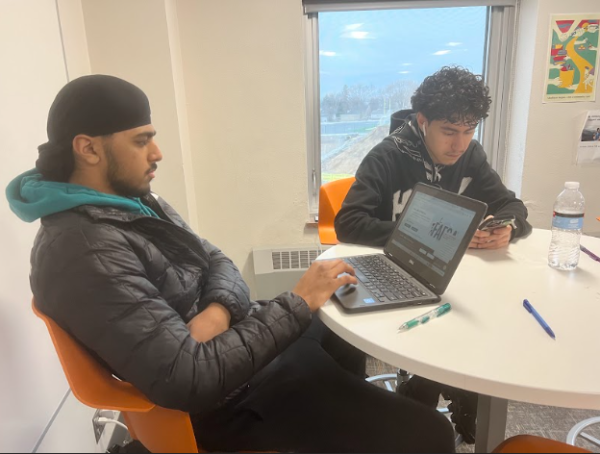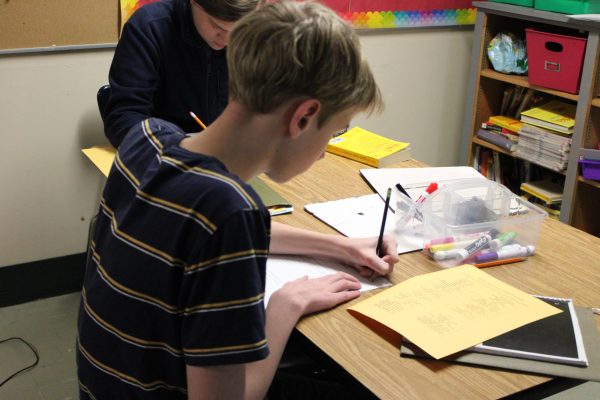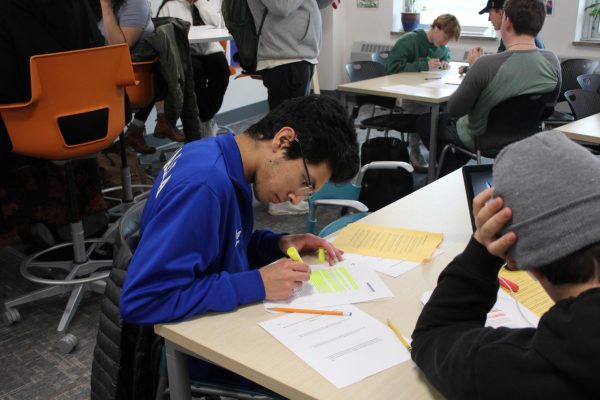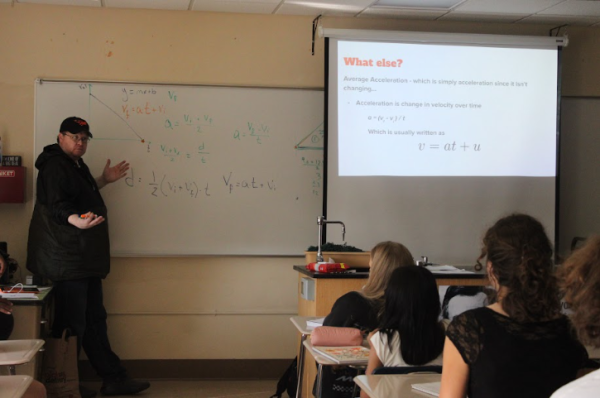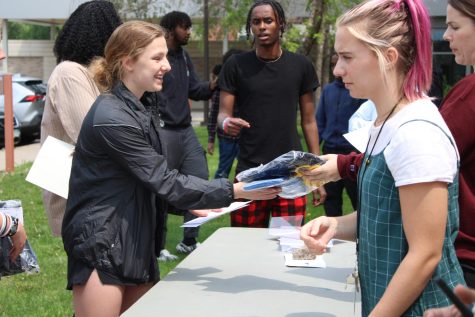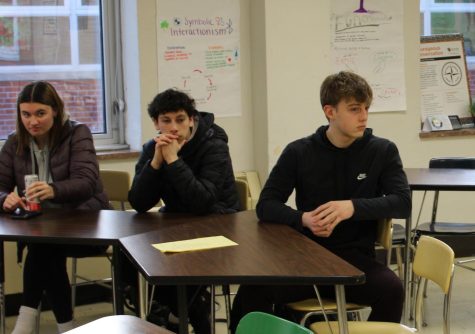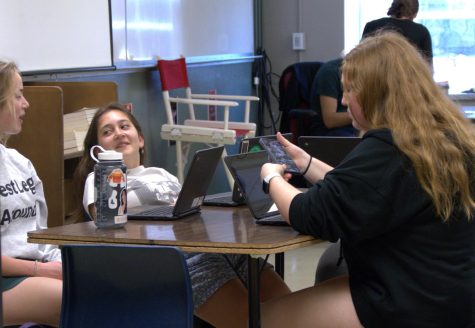Staff Editorial: Check-ins for asynchronous classes unproductive
Attendance should be optional
Jeffrey Cohen works with students over Zoom during an asynchronous period Jan. 8. The Echo Editorial Board believes one-on-one or optional asynchronous classes like these should be implemented at Park.
January 9, 2021
Using up work time for attendance during asynchronous class periods proves to be a waste of students time after almost a semester doing it.
At the beginning of the 2020-21 school year, it was well established that asynchronous classes would serve as a short check-in for students or an easy way to administer information daily. But as the year has progressed, these short meetings have been overused — as some teachers have been keeping students on Zoom for 20 minutes or more.
The Echo Editorial Board has found the current method of asynchronous classes to be flawed — by semester two all asynchronous classes should be an optional choice for students. Teachers are offering support if students need it, but students should also have the option to take a break from Zoom because the time spent behind the computer does more harm than good.
Although asynchronous classes were initially described as being optional, things have quickly escalated towards mandatory and longer class periods, which feels unfair to students balancing the increased workload. All the time that could be delegated towards homework or doing something productive has been misused by the seemingly pointless check-in time.
In some classes, teachers have found alternate ways to take attendance. For example, using Google Forms is an easy way for students to check-in and to indicate whether they could benefit from extra help or not. Overall, Zoom is unnecessary for attendance to be taken, as there are other methods that have proven to be successful in the past.
Asynchronous classes should be strictly asynchronous and optional by second semester. Students who are struggling can then use that time to ask for support individually in place of having to check-in through Zoom. This solution offers a better way for students to get the best out of their time.
Therefore, the Echo Editorial Board suggests students, teachers and the administration work together to find a more productive way to conduct asynchronous classes.





